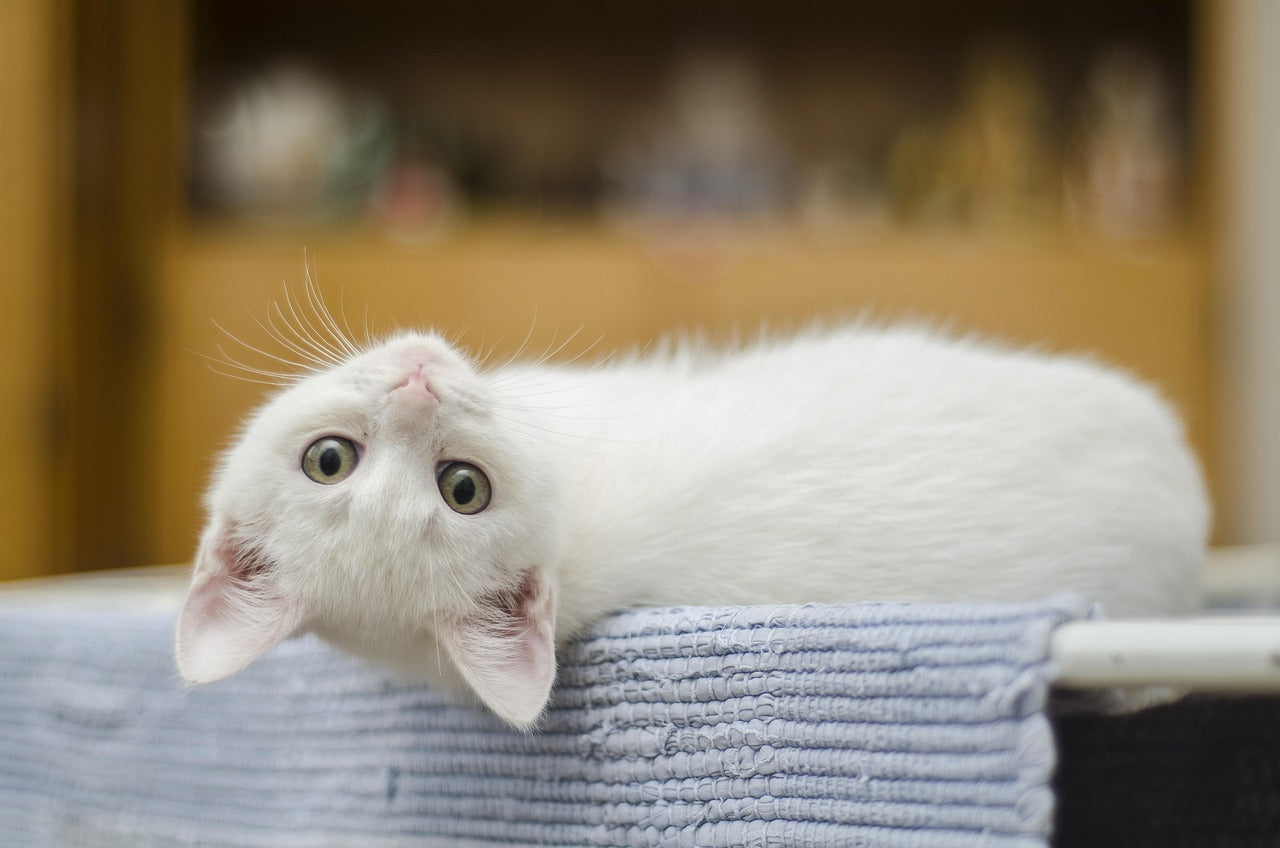
How to Transition Your Cat to a New Diet: A Complete Guide for Pet Parents
Changing your cat’s food might sound straightforward, but most cat owners know it can be a challenge. Cats are creatures of habit, and sudden changes to their meals can sometimes cause digestive upsets or outright food refusal. Whether you are introducing a higher-quality diet, responding to a vet’s recommendation, or simply rotating proteins for variety, how you make the switch matters.
In this guide, we cover two main approaches to transitioning cats to new food: gradual and cold turkey. You will also find practical tips, common mistakes to avoid, and advice on when to involve your vet.
Why You Should Transition Cats Thoughtfully
Cats’ digestive systems adapt to their diets over time. A sudden switch can unsettle their gut and cause short-term problems or even longer-term refusal of the new food.
Risks of Switching Too Quickly
-
Digestive upset such as diarrhoea, vomiting, or constipation
-
Refusal to eat due to unfamiliar textures and smells
-
Stress or anxiety when routines are disrupted
-
Health complications such as hepatic lipidosis (fatty liver disease) if they stop eating altogether
Benefits of a Planned Transition
-
Reduces the risk of tummy upsets
-
Encourages acceptance of new flavours and textures
-
Maintains appetite and prevents fasting periods
-
Supports overall well being through a smooth dietary shift
Two Common Approaches to Transitioning Cats
1. The Gradual Transition
This is the most widely recommended method, especially for cats with sensitive stomachs or fussy eating habits. By mixing the old and new food, you allow your cat’s digestive system and taste preferences to adjust over time.
Suggested schedule:
-
Days 1–2: 75% old food + 25% new food
-
Days 3–4: 50% old food + 50% new food
-
Days 5–6: 25% old food + 75% new food
-
Day 7 onwards: 100% new food
Some cats, particularly seniors or those with health conditions, may need up to two weeks. If signs of digestive upset appear, hold at the current ratio for a few extra days before progressing.
2. The Cold Turkey Approach
For some cats, especially adventurous eaters, switching straight to the new diet can be surprisingly effective. The idea is to remove the old food completely and serve only the new food from day one.
Pros:
-
Often the quickest method
-
Works well for cats who adapt easily
-
Eliminates confusion between two food types
Cons:
-
Riskier for picky eaters
-
May cause refusal or digestive upset in sensitive cats
-
Requires careful monitoring to ensure your cat keeps eating
Tip: If you try this method, monitor closely. If your cat refuses food for more than 24 hours, return to the gradual method immediately.
Tips for Encouraging a Fussy Eater
-
Warm it slightly to enhance aroma and make food more appealing
-
Add a topper such as freeze-dried treats, fish flakes, or a little chicken broth
-
Stick to feeding routines to help your cat feel secure
-
Offer smaller meals more often to encourage exploration without waste
-
Avoid free-feeding so cats are more motivated to try the food at set mealtimes
Special Considerations for Different Diet Types
Switching From Dry to Wet Food
Cats raised on kibble may resist wet textures. Start by adding spoonfuls of wet food into kibble and gradually increasing the proportion.
Moving to Fresh or High-Protein Diets
Fresh diets are often richer than commercial alternatives. Extend the transition period to 10–14 days to allow adjustment.
Prescription or Veterinary Diets
If recommended by your vet, some prescription foods must be introduced immediately. Always follow veterinary guidance in these cases.
Mistakes to Avoid
-
Switching too fast and causing tummy upset
-
Changing diets repeatedly which can create long-term fussiness
-
Ignoring portion sizes and overwhelming the stomach with too much new food
-
Forcing a refusal instead of slowing down
-
Skipping vet advice for cats with existing conditions
When to Seek Veterinary Advice
Seek professional guidance if your cat:
-
Refuses food for more than 24 hours
-
Has persistent vomiting or diarrhoea
-
Shows signs of weight loss or lethargy
-
Already has health conditions such as kidney disease or diabetes
Key Takeaways
-
Both gradual and cold turkey transitions can work, but most cats do best with a slow introduction
-
Always monitor appetite, stool quality, and behaviour during the process
-
Fussy eaters may need toppers, warming, or routine adjustments
-
Consult your vet if refusal or digestive upset continues
By choosing the right method and moving at your cat’s pace, you can make dietary transitions smoother, safer, and more successful.